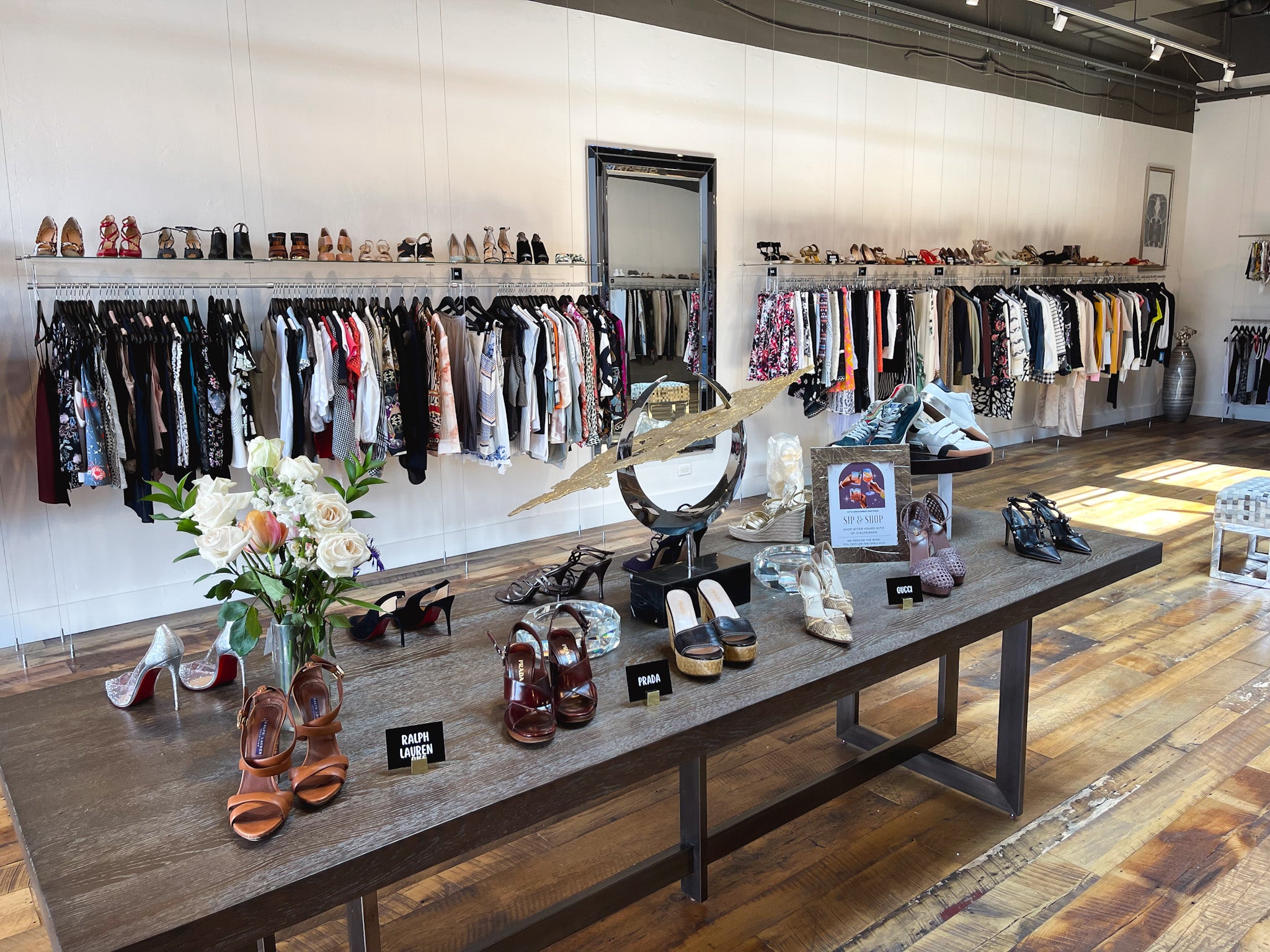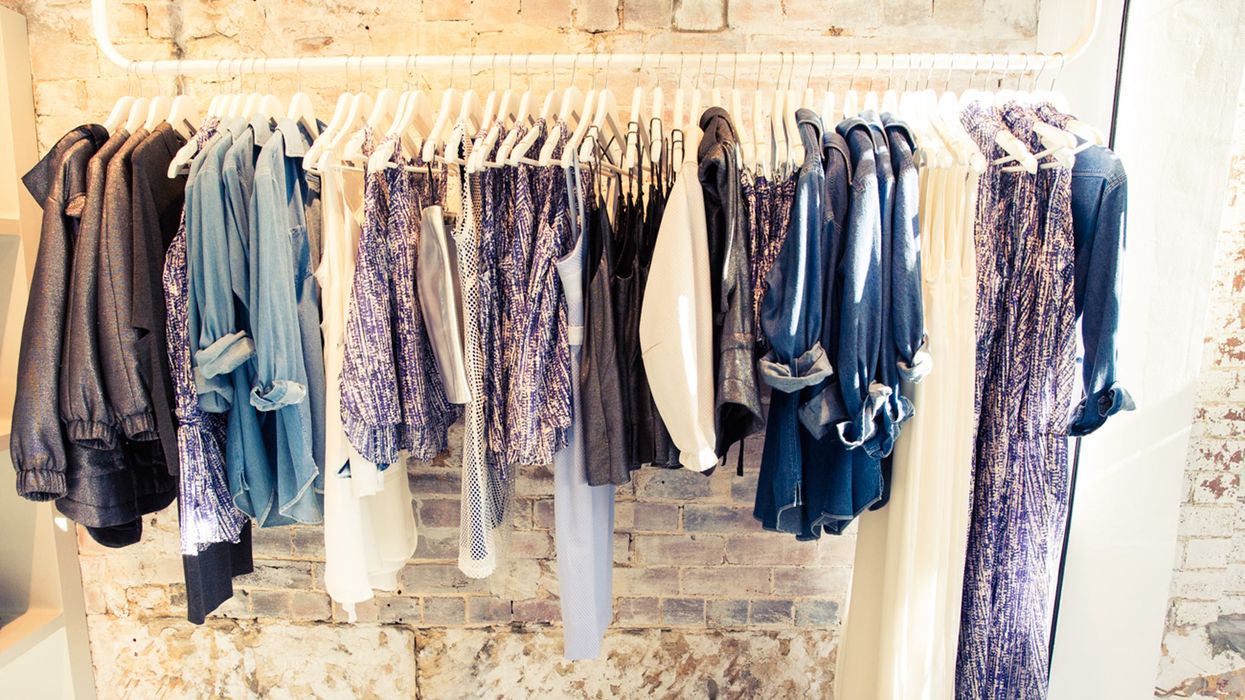The Increase of Online Purchasing: Searching For Boutique Fashion at Your Fingertips
The Increase of Online Purchasing: Searching For Boutique Fashion at Your Fingertips
Blog Article
Checking Out the Advancement and Impact of Clothes on Modern Style Trends
The development of clothes has considerably influenced contemporary fashion patterns, merging historical criteria with cutting-edge innovations. Renowned figures like Coco Chanel and Yves Saint Laurent transformed the style industry by introducing ideas that focus on comfort and accessibility, which proceed to resonate today.
Historical Style Influencers
In the tapestry of fashion background, certain numbers have left an indelible mark, shaping the trends and styles that define entire periods. Coco Chanel, an innovative designer, redefined ladies's style by introducing comfortable, sophisticated clothing that departed from limiting bodices. Her famous Chanel suit and little black outfit have ended up being classic staples in wardrobes worldwide. Christian Dior's post-war "New Look" in 1947, with its party of feminineness with full skirts and cinched waistlines, marked a return to luxury and has proceeded to affect designers.
Elsa Schiaparelli is one more critical figure, renowned for her avant-garde styles that incorporated surrealist art, working together with Salvador Dalí to develop wayward pieces that tested standard looks. Her ingenious use color and strong patterns reverberates in contemporary style. Yves Saint Laurent, at the same time, democratized haute couture with prêt-à-porter collections, bringing runway styles to the masses and establishing a precedent for modern-day ready-to-wear lines.
These enthusiasts, to name a few, not only revolutionized style in their times but likewise set enduring trends that resonate in today's fashion business, supplying a foundation upon which modern designers proceed to develop and introduce. Their traditions emphasize the relevance of imagination and bold in vogue's ever-evolving story.
Technological Innovations in vogue
Amidst the vibrant landscape of the fashion business, technical improvements stand at the forefront of innovation, reshaping exactly how developers produce and customers involve with fashion. The combination of 3D printing has reinvented style processes, allowing developers to try out complicated structures and sustainable products that were formerly unthinkable. This modern technology assists in quick prototyping, lowering waste and quickening production times.

Smart textiles, installing innovation into textiles, are also changing the sector. Developments like temperature-regulating and self-cleaning materials provide enhanced performance and convenience. Wearable modern technology, incorporating functions like health and fitness tracking and communication, includes a brand-new measurement to style, merging visual appeals with functionality.
Cultural Shifts and Style
As technical improvements remain to reshape the apparel industry, social changes are equally prominent, redefining style and consumer choices. Recently, the surge of social media sites platforms has sped up the dissemination of worldwide fashion patterns, allowing diverse cultural influences to exist together and assemble. This electronic interconnectivity has actually facilitated the quick exchange of ideas, causing an extra comprehensive and eclectic analysis of style that shows the diverse nature of contemporary society.
Cultural awareness and appreciation have triggered designers to attract motivation from a more comprehensive range of ethnic and historic contexts, incorporating traditional concepts with modern aesthetic appeals. This fusion has resulted in style that reverberates with a wider audience, advertising a feeling of identification and belonging throughout various demographics. Furthermore, the raising demand for personalization has driven brands to supply personalized options, making it possible for consumers to reveal originality while mirroring their cultural heritage.
Furthermore, changing social worths have actually impacted fashion, with inclusivity and variety becoming central motifs. The industry has begun to welcome versions and influencers of numerous physique, ethnic cultures, and gender identifications, tough conventional beauty requirements. This makeover emphasizes the power of social shifts fit the future of fashion, as style comes to be a more genuine expression of cumulative and personal identification.
Sustainability and Modern Style
While the style market continues to develop, the necessary for sustainability has actually become increasingly immediate, influencing contemporary design techniques. The increase of slow-moving style, which highlights quality over quantity, urges customers to invest in timeless items instead than short-term patterns.
Moreover, contemporary layout is defined by its development in reducing waste and advertising circularity. Strategies such as zero-waste Website pattern cutting and 3D knitting are obtaining grip, permitting developers to produce garments with minimal material wastefulness. Furthermore, brands are taking on clear supply chains, making sure responsibility and promoting customer depend on. This technique not just alleviates environmental impact but likewise improves the social responsibility of fashion houses.
Future Trends in Style

Sustainability will remain to be a driving pressure in forming future fashion trends. The market is significantly embracing environmentally friendly products and honest production methods, replying to an expanding consumer demand for accountable methods. Advancements such as bio-fabricated products and closed-loop recycling systems are readied to redefine exactly how clothing is produced and consumed, lowering ecological effect while maintaining design and quality.
Social changes, including the increase of inclusivity and variety, will additionally play a crucial role. As society becomes more knowledgeable about social issues, fashion is anticipated to come to be a system for expression and modification. Designers will likely concentrate on producing collections navigate to these guys that reflect a broader series of identifications and experiences, promoting representation and ease of access.
Final Thought
The evolution of clothing significantly influences contemporary style patterns, where historical impacts merge with modern designs. This continuous development emphasizes fashion's duty as a mirror to societal values and technical development, suggesting a future abundant with technology and inclusivity.
The development of apparel has significantly influenced contemporary style trends, merging historic criteria with innovative developments.Amidst the vibrant landscape of the style market, technical innovations stand at the center of development, reshaping exactly how designers develop and customers engage with fashion.While the fashion market continues to progress, the critical for sustainability has ended up being significantly immediate, influencing modern-day style techniques. As sustainability ends up being read what he said ingrained in modern-day style, it paves the way for a more mindful and responsible fashion sector.
The evolution of garments significantly impacts modern-day fashion trends, where historical influences merge with contemporary designs.
Report this page